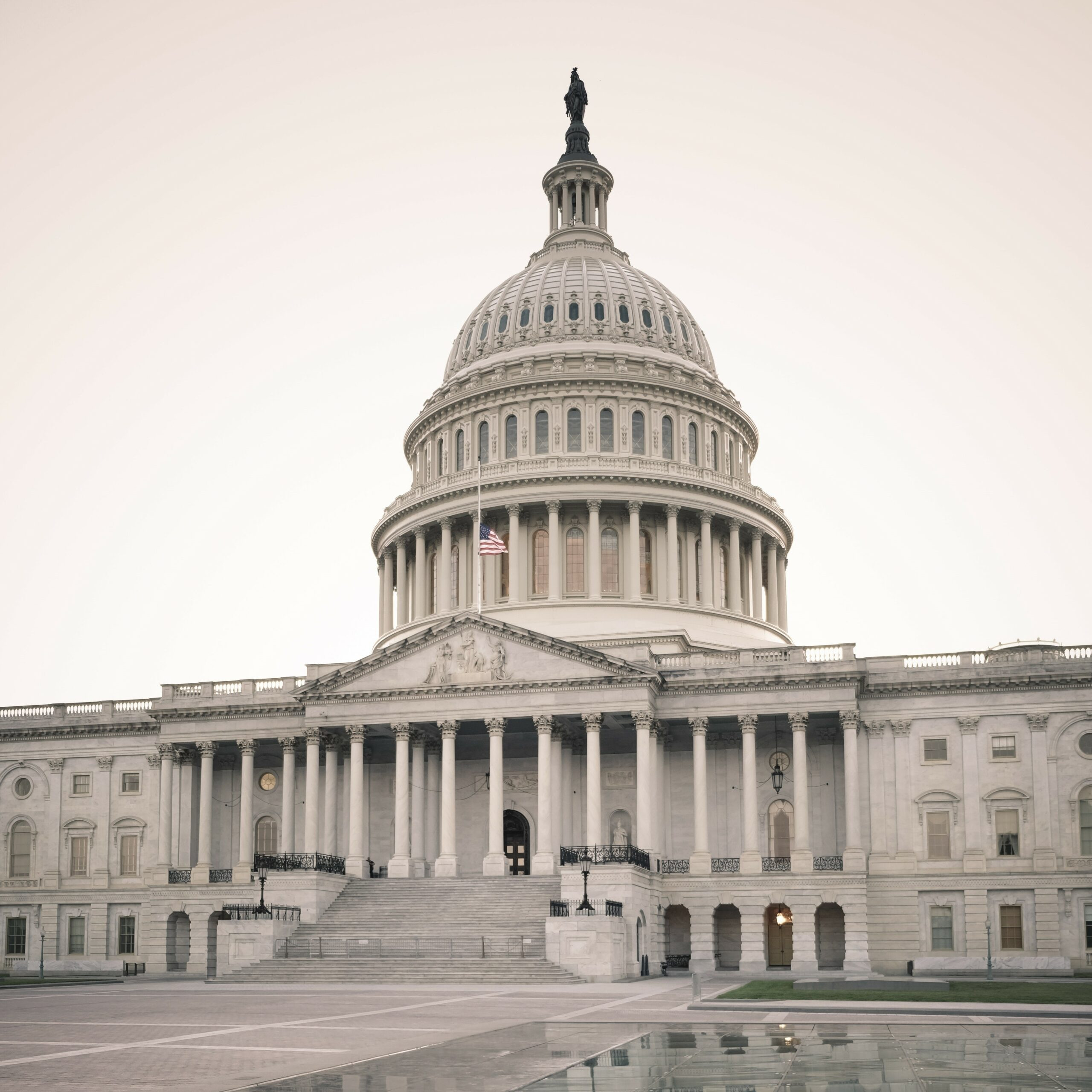Communications Solutions to 2023 Advocacy Challenges
As a public relations agency serving medical societies, foundations and health care leaders, The Reis Group often helps clients with earned media and thought-leadership strategies to support their national and state-level advocacy goals. And, for me, having spent the better part of my career at the nexus of communications and policy, I love tackling these efforts side by side with my clients.
Sadly, most Americans consistently give our U.S. health care a failing grade, and they yearn for a path forward to better care. Here in D.C., we see that intense national interest in health care bubbling up with fiery debates in our deeply divided Congress. At the same time, policy and health care leaders at the state and local levels across the nation are grasping for solutions.
Despite these deep-seeded challenges, there are opportunities to create lasting change. In fact, I see three strategies that communicators can use to drive successful state and national activism in 2023:
Enhance your campaign with message testing. The best advocacy campaigns start with an understanding of which messages resonate with your intended audience. Many clients come to us seeking to influence health care leaders or policymakers, but they haven’t ever heard directly from these leaders to understand their motivations. Knowing how specific language can appeal to or dissuade them is key to moving the needle.
Creating that customized approach is part of our proven, iterative TRG methodology to message testing. With this process, we recently helped a foundation client refine its advocacy message for health care providers, health-system executives and thought leaders. Through a set of 16 interviews, conducted in three rounds, we were able to define three tailored message platforms. We learned how each group preferred a similar, but slightly tweaked, version of the same information to help them push for health care strategies that focus on the whole person, not just an individuals’ acute illness or disease.
Capitalize on legislative action to drive earned media coverage. Coordinate closely with your government relations teams. They are on the ground and know when an important bill is about to move out of committee or on to a floor vote. Staying connected also helps when key policy announcements are coming from federal agencies such as the Centers for Medicare & Medicaid Services or the Centers for Disease Control and Prevention.
We’ve seen this close coordination work for a medical society that ensures federal and state policy supports their clinician members in providing the best possible care for patients. With advanced knowledge, we have developed quick statements and offered reporters early access to their subject matter experts to secure media coverage that advocates for enhanced access to life-saving treatments.
Reach lawmakers where they live. The political saying remains true: “all politics is local.” When you know which lawmakers you want to reach, you can target your efforts to the their local communities, most effectively by placing a commentary in a local paper or landing a key earned media placement. These successes are sometimes more impactful than even a big national hit.
We know that members of Congress and state and local policymakers pay very close attention to their local news outlets. We recently worked with one of our foundation clients to land an editorial in an influential newspaper. As a result of that story, a local government official reached out to the foundation to learn more about their recent research and to find ways to develop statewide wellness programs aligned to foundation goals.
Communications remains the most powerful tool for change. That’s why so many of us at TRG are deeply passionate about what we do. As 2023 unfolds, we look forward to an eventful, productive year supporting policy work already in motion, along with new opportunities to come.


